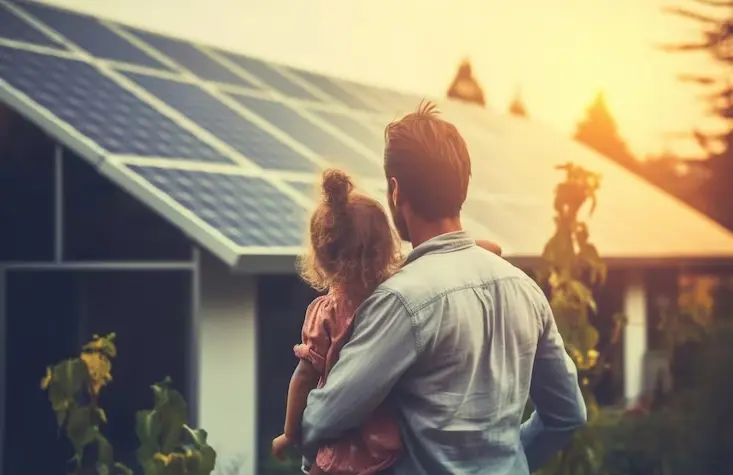
Understanding Panel Requirements for Your 6.6 kW Solar System in Sydney
Solar Power Unleashed: Understanding Panel Requirements for Your 6.6 kW Solar System in Sydney
Are you ready to harness the power of the sun and embark on an eco-friendly energy journey? If you’re considering installing a 6.6 kW solar system in Sydney, you’re making a commendable choice towards sustainability while also potentially saving on your energy bills. But wait, how many solar panels do you actually need to make this system work optimally in the sunny capital of New South Wales? In this comprehensive guide, we’ll walk you through the specifics, bust the jargon, and shed light on the factors that influence the number of panels required for your solar setup. Let’s dive in!
Unveiling the Path to Solar Empowerment
Before we delve into the nitty-gritty, let’s set the stage by understanding the basics. A 6.6 kW solar system is a popular choice for homeowners seeking to harness the sun’s energy for their electricity needs. It’s a perfect balance between power generation and space utilization, making it suitable for both rooftops and residential spaces with limited area.
Understanding Panel Requirements for Your 6.6 kW Solar System

Evaluating Solar Panel Capacity: A Bright Start
The effectiveness of your solar power system hinges on the capacity of its panels. Each solar panel has a specific wattage capacity that contributes to the overall power generation. For a 6.6 kW solar system, which produces 6,600 watts of energy per hour under optimal conditions, the wattage capacity of individual panels will determine the total number of panels required. Panels with higher wattage can generate more power in less space, while panels with lower wattage may require additional space for the same energy output.
Factoring in Sunlight Exposure: The Sun’s Dance
Sydney’s abundant sunlight is a boon for solar power enthusiasts. The amount of sunlight your panels receive directly affects their efficiency and, consequently, the number of panels needed. Panels positioned to receive optimal sunlight throughout the day can produce more energy, allowing you to achieve your desired output with a lesser number of panels. Consider the shading, orientation, and tilt of your panels to ensure maximum sun exposure and enhanced energy production.
Calculating Energy Consumption: Unveiling Your Needs
To determine the precise number of panels for your 6.6 kW solar system, you must first assess your energy consumption. The panels should generate enough energy to cover your electricity needs. Analyze your historical energy bills to understand your average daily consumption. This information will help you calculate the daily energy output required from your solar system. By dividing your daily consumption by the average energy output per panel, you can arrive at the approximate number of panels needed to meet your needs.
Building Topical Authority: Going Beyond Panels
Energy Storage Solutions: Power Even After Sunset
As the sun bids adieu for the day, your solar panels take a break from generating energy. However, with the integration of energy storage solutions like batteries, you can store excess energy produced during the day and utilize it during the night. This technological marvel not only enhances your self-sufficiency but also reduces your reliance on the grid, making your solar journey even more empowering.
The Eco-Friendly Impact: Sustainability at its Best
Beyond the financial benefits, embracing solar power contributes significantly to a greener environment. By reducing your reliance on conventional energy sources, you’re effectively reducing your carbon footprint. This decision ripples into the broader effort to combat climate change and preserve the planet for future generations. Going solar isn’t just about panels – it’s a statement of your commitment to a sustainable future.
Government Incentives and Support: A Helping Hand
Governments, both federal and state, often provide incentives, rebates, and support for adopting solar power. These initiatives can substantially reduce the financial burden of installing solar panels. From rebates on the purchase cost to feed-in tariffs for excess energy you contribute to the grid, these incentives sweeten the deal, making solar power an even more attractive option.
Conclusion: Illuminating Your Solar Expedition
In the vibrant tapestry of Sydney’s energy landscape, a 6.6 kW solar system can become your ticket to eco-conscious living and reduced energy bills. By understanding the nuances of panel requirements and considering factors like capacity, sunlight exposure, and energy consumption, you’re on the path to a successful solar journey. Remember, it’s not just about the panels – it’s about embracing a cleaner, brighter future for yourself and generations to come.
